The South America Active Pharmaceutical Ingredient for Cancer Market is characterized by a dynamic and competitive landscape, driven by the increasing demand for cancer therapeutics due to rising cancer prevalence in the region. This market is influenced by various factors, including regulatory frameworks, supply chain issues, and the economic environment.
A multitude of companies are competing to secure their position, often engaging in strategic partnerships, product innovations, and market expansions to gain a foothold in this vital sector. The landscape is comprised of both established pharmaceutical giants and emerging firms that aim to make their mark by producing high-quality active pharmaceutical ingredients specifically for oncology applications.
Companies are also investing in research and development to bring novel APIs to market, which can address unmet medical needs and improve patient outcomes in cancer therapy.
Novartis has a significant presence in the South America Active Pharmaceutical Ingredient for Cancer Market, leveraging its extensive research capabilities and a strong portfolio of oncology products. The company is recognized for its commitment to innovation and quality, with a robust pipeline of effective APIs and formulations for cancer treatments that cater to the region's growing healthcare demands.
Novartis benefits from its established distribution networks and collaborations with local healthcare providers, enabling it to effectively reach healthcare professionals and patients. This strategic positioning, combined with its strong reputation for safety and efficacy, allows Novartis to maintain a competitive edge in the market.
The company’s emphasis on sustainability and patient-centric approaches further enhances its standing, as it continuously seeks to optimize drug delivery and availability to benefit cancer patients in South America.
Hikma Pharmaceuticals also plays a critical role in the South America Active Pharmaceutical Ingredient for Cancer Market, focusing on providing high-quality generic and specialty medications. The company's strategic initiatives often involve merging and acquiring smaller firms to enhance its capabilities and expand its market presence.
Hikma is known for its competitive pricing and diverse product offerings that include injectable oncology drugs, which are crucial for treating various types of cancer. By understanding local market dynamics and patient needs, Hikma effectively tailors its services and products to suit the South American market.
The company's commitment to enhancing access to cancer treatments in the region, paired with its continual investment in technological advancements and infrastructure, positions it well within this highly competitive arena.
As Hikma pursues opportunities for growth through strategic partnerships, it reinforces its strength and resilience in addressing the challenges and demands of the South American healthcare environment.


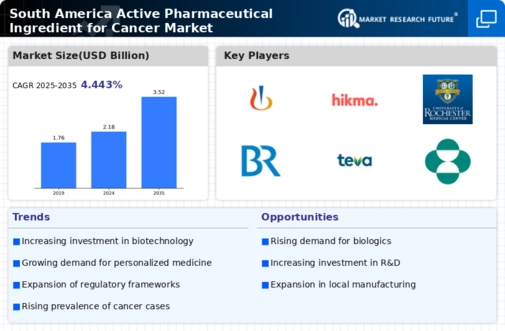
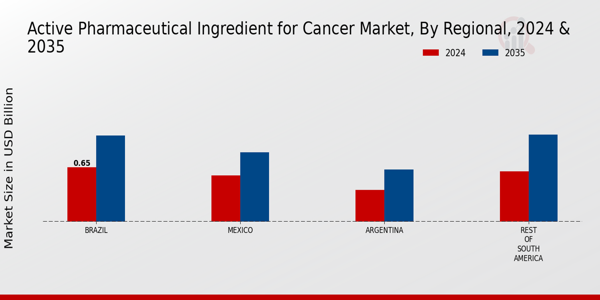
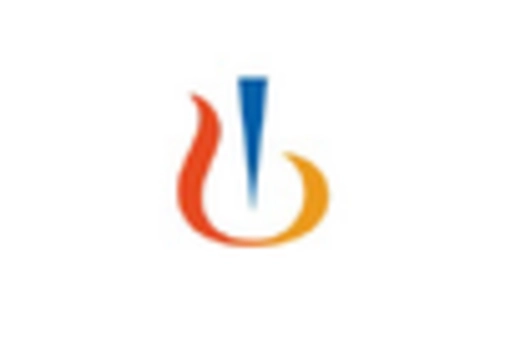
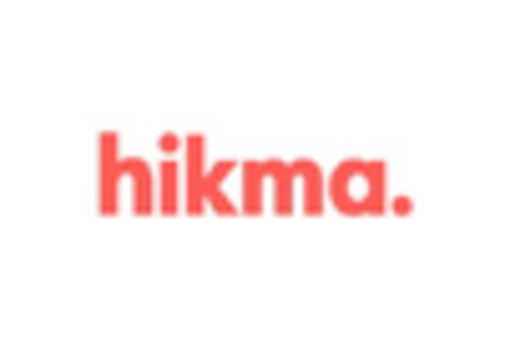
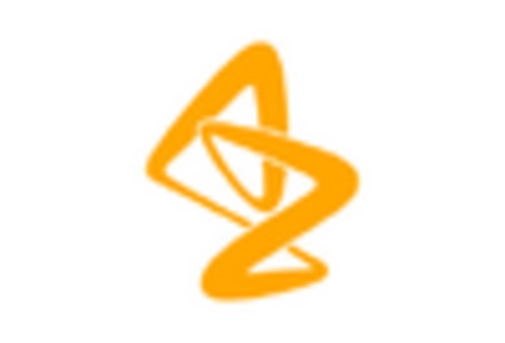

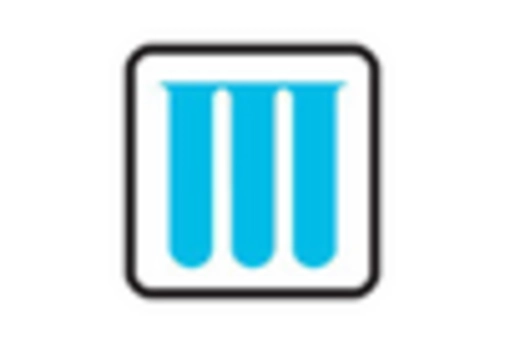
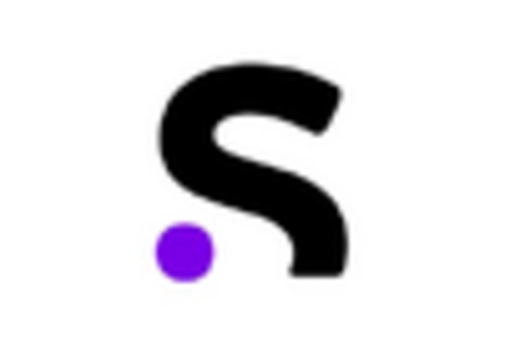
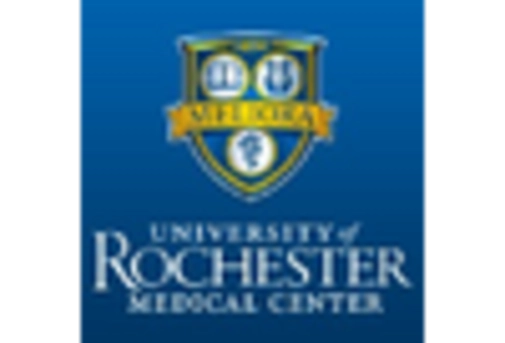
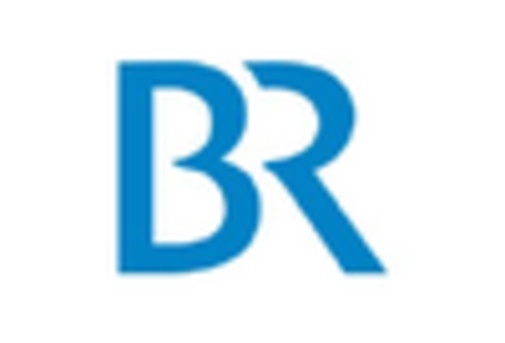
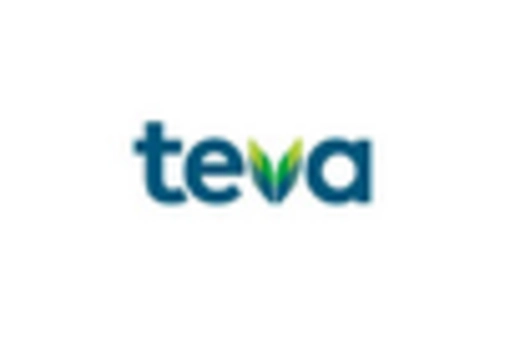
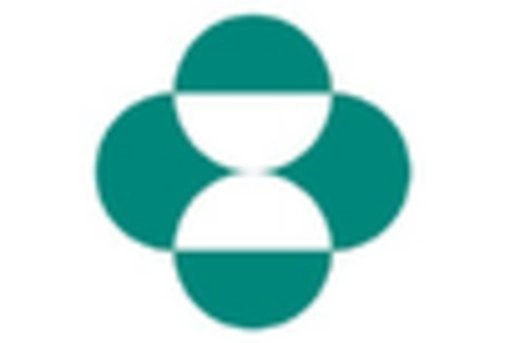

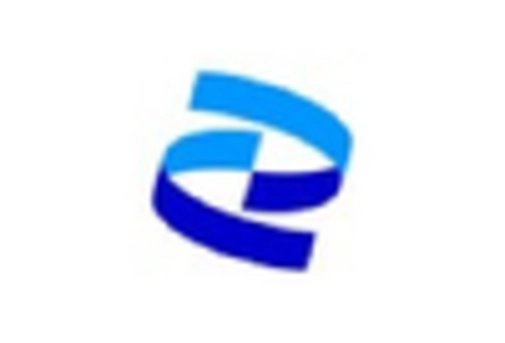








Leave a Comment